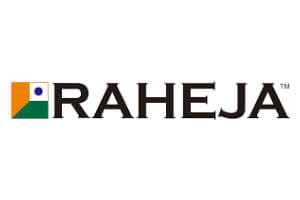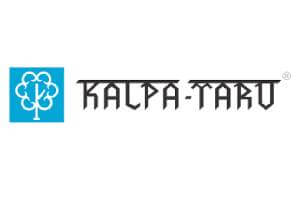- Ranipet
- Sivakasi
- Karur
- Udhagamandalam
- Hosur
Ground vibration monitoring is the process of measuring and recording the movements in the ground. As vibration occurs at a source, a seismic wave travels causing soil and rock particles to move back and forth over very small distances. This is known as particle velocity. The vibration monitor measures the Peak Particle Velocity: the maximum speed of a particular particle as it oscillates about a point of equilibrium, caused by the traveling seismic wave. By measuring the Peak Particle Velocity in inches per second, operators indicate whether damage is likely to occur to surrounding structures.
Ground vibration analysis records vibrations caused by traffic and construction projects as well as quarry and mining operations. Engineers and construction companies usually assess their ground vibration to make certain that machinery and construction work does not cross a threshold, causing structural damage to neighbouring buildings and infrastructure. Likewise, quarry and mine operators monitor the vibration caused by blasts, compaction methods, and heavy machinery/equipment.
The professional staff at ROKADE group has the technical expertise and state-of-the art equipment to monitor ground vibrations resulting from any source (blasting, soil compaction, demolition, pile driving, and other construction operations).
Blasting is one of the primary operations carried out during mining, quarrying and many civil engineering applications such as site levelling, foundation and trench excavations, etc. Ground vibrations are an indispensable vice of this blasting. Ground vibrations can perturb people, buildings and sensitive equipment in case of hospitals, broadcasting stations, religious institutions, heritage structures etc. At a certain magnitude, the ground vibrations can also cause significant damage to the neighbouring structures. Therefore, it is paramount to measure and control ground vibrations to safeguard the lives and property of the neighbourhood.
ROKADE RotoTechniks provides end-to-end Ground Vibration Measurement and analysis of a project. We conduct initial as well as ongoing monitoring of ground vibrations to ensure that the guidelines of mining, quarrying, and environment comply. We also provide third-party testimonials on vibrations generated in the blasting.

Construction

Buildings

Excavation

Road

Railways
| Type Of Structures | Dominant Excitation Frequency | ||
|---|---|---|---|
| < 8Hz | 8- 25 Hz | > 25Hz | |
| A) Buildings/ structures not belonging to the owner | |||
| Domestic Houses /Structures (Kacha, Brick and Cement) | 5 | 10 | 15 |
| Industrial buildings (RCC and Framed Structure). | 10 | 20 | 25 |
| Objects of Historical Importance and Sensitive structures | 2 | 2 | 10 |
| B) Buildings belonging to the owner with limited span of life. | |||
| Domestic Houses /Structures (Kacha, Brick and Cement). | 10 | 15 | 20 |
| Industrial buildings (RCC and Framed Structure). | 15 | 25 | 50 |
Reduces equipment costs
Reduces labor costs
Reduces lost production time
Increases safety
Increases revenue
Increases efficiency of employee time
Sheet Pilling
Drilling
Boring
Building Construction
Surrounding Vibration check
Structure Vibration




TAMIL NADU
ANDHRA PRADESH
KARNATAKA
KERALA
TELANGANA
MAHARASHTRA
GOA
GUJARAT
UTTAR PRADESH
DELHI
RAJASTHAN
PUNJAB
HIMACHAL PRADESH
HARYANA
UTTARAKHAND
WEST BENGAL
ODISHA
JHARKHAND
BIHAR
MADHYA PRADESH
CHHATTISGARH